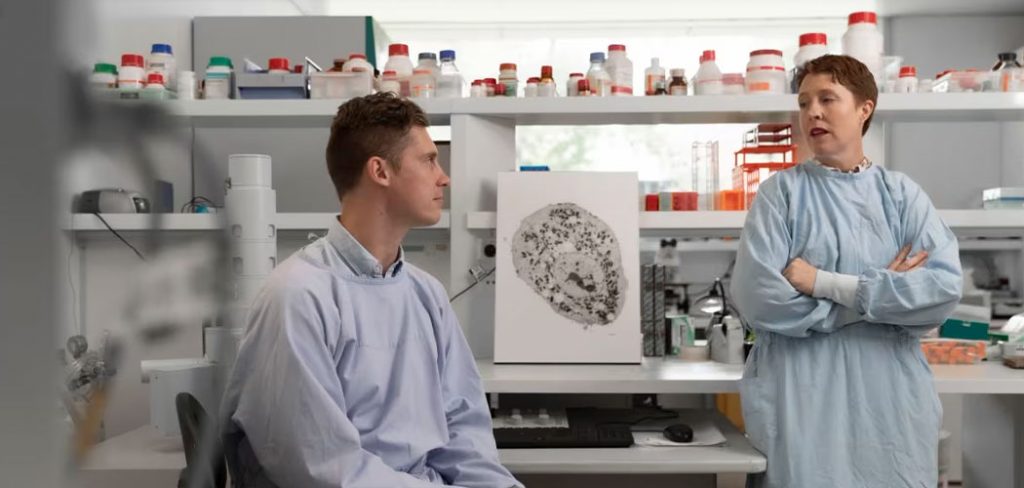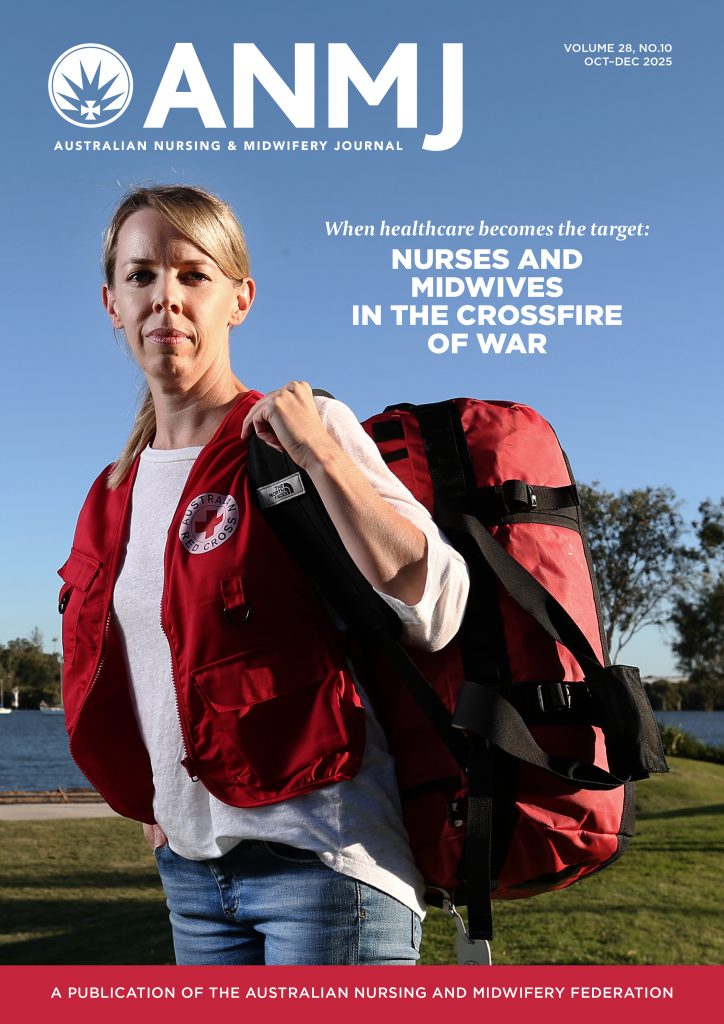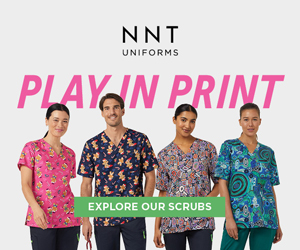An international team, led by researchers from Australia, have developed a system using nanotechnology that could allow people with diabetes to take oral insulin in the future, offering a more effective and needle-free alternative.
The researchers say the new insulin could be eaten by taking a tablet or even embedded within a piece of chocolate.
The research, led by the University of Sydney and Sydney Local Health District, has shown that the greatest strength of the nano-scale material is that it can react to the body’s blood sugar levels.
The coating dissolves and releases the insulin when there is a high concentration of blood sugar and importantly does not release the insulin in low blood sugar environments.
Lead author Dr Nicholas Hunt from the University of Sydney’s School of Medical Sciences in the Faculty of Medicine and Health, says the development of a safe and effective oral insulin has been a challenge since insulin was discovered over a century ago.
“A huge challenge that was facing oral insulin development is the low percentage of insulin that reaches the blood stream when given orally or with injections of insulin,” said Dr Hunt, who is also a member of the University of Sydney Nano Institute and Charles Perkins Centre.

Credit: University of Sydney/Stefanie Zingsheim
“To address this, we developed a nano carrier that drastically increases the absorbance of our nano insulin in the gut when tested in human intestinal tissue.”
Preclinical testing in animal models found that, following ingestion, the nano insulin was able to control blood glucose levels without hypoglycaemia or weight gain. There was also no toxicity.
“Our oral insulin has the added benefit of greatly reducing the risk of hypoglycaemic episodes. For the first time we have developed an oral insulin that overcomes this major hurdle,” said Dr Hunt.
Dr Hunt and his team were driven to develop oral insulin technology given it could help lighten the economic, health and wellbeing burden related to diabetes management for patients.
“We wanted to devote our time to develop successful oral insulin technology because we believe it will help people with diabetes have more control over their condition,” said Dr Hunt.
The development of oral insulin was the culmination of many years of scientific endeavour and collaboration, said director of The ANZAC Research Institute and Senior author Professor Victoria Cogger.
Professor Cogger said when her work first began on creating an oral insulin it was a purely scientific question, but then a family member became impacted by type 1 diabetes.
“Life is strange and along the way my family was impacted by a type 1 diabetes diagnosis, and I really started to understand the reality of what life is like on injectable insulin therapy.
“Having that lived experience has driven the project in many ways and created an impetus to improve life for all people living with diabetes. My hope is we can reduce the multi-faceted burden of diabetes through easily accessible oral insulin.”
Human trials are expected to start in 2025.
The findings are published in Nature Nanotechnology.









One Response
Would this oral insulin also be effective for people that are diabetic 1 because they do not have a prancreas anymore?